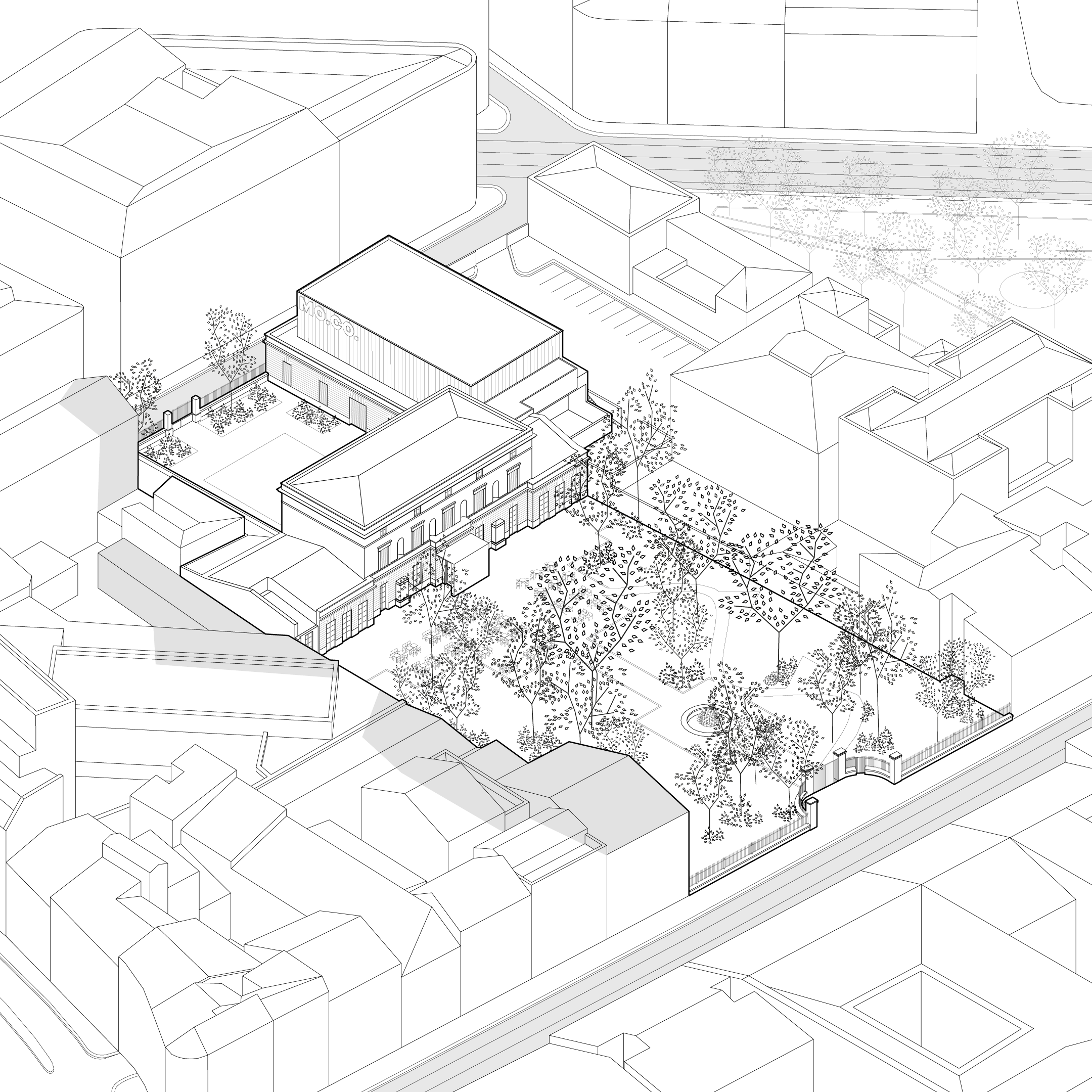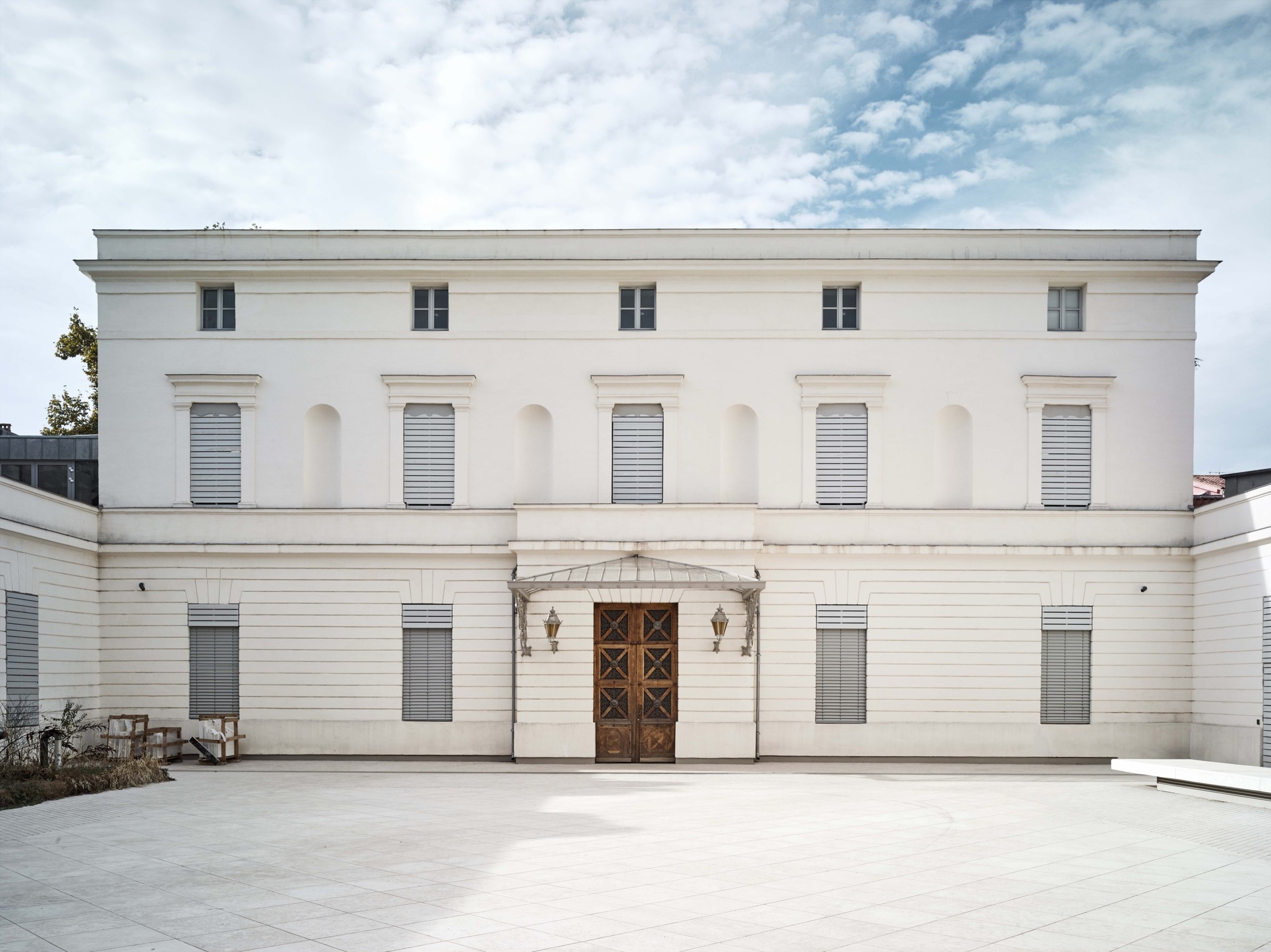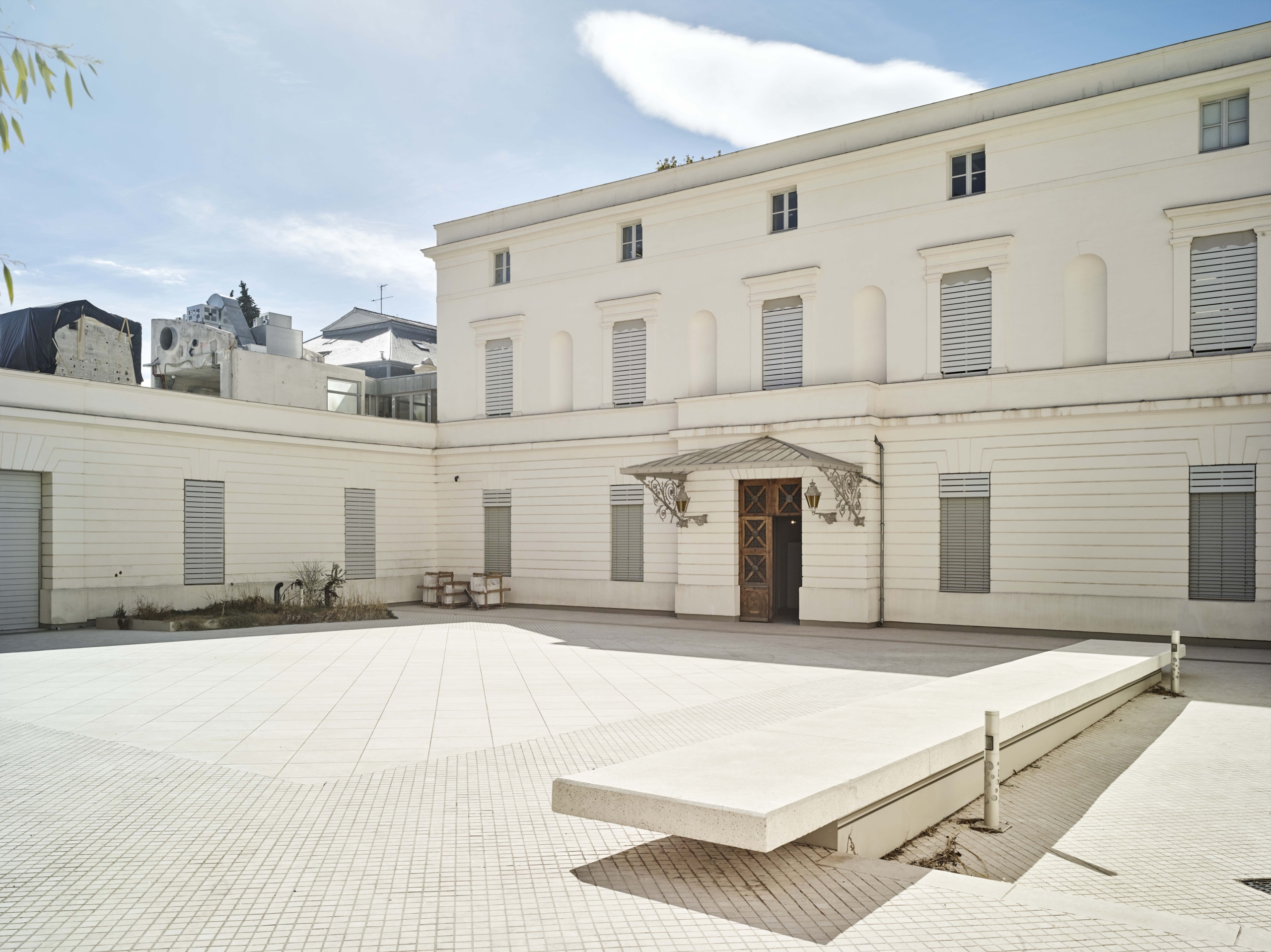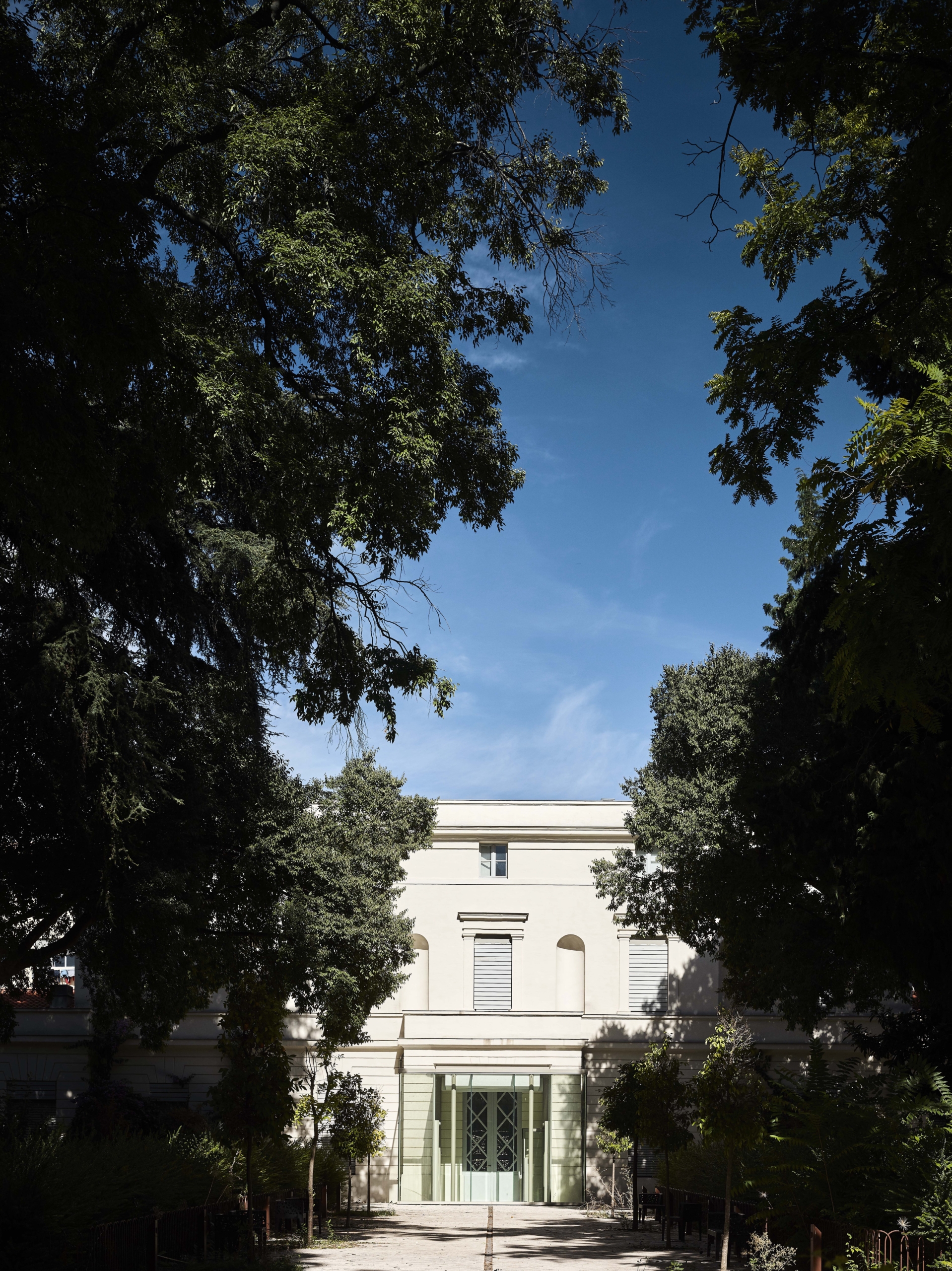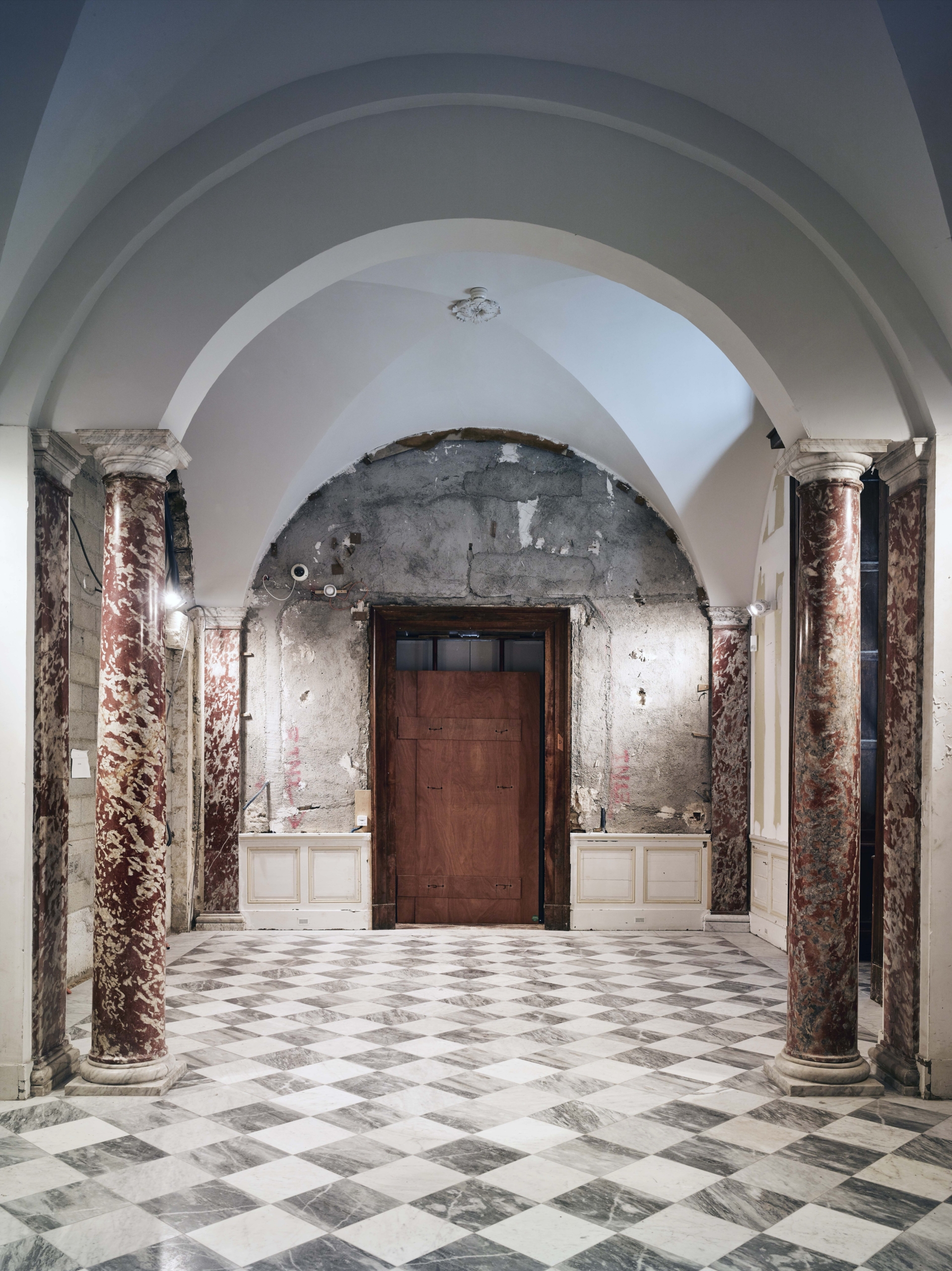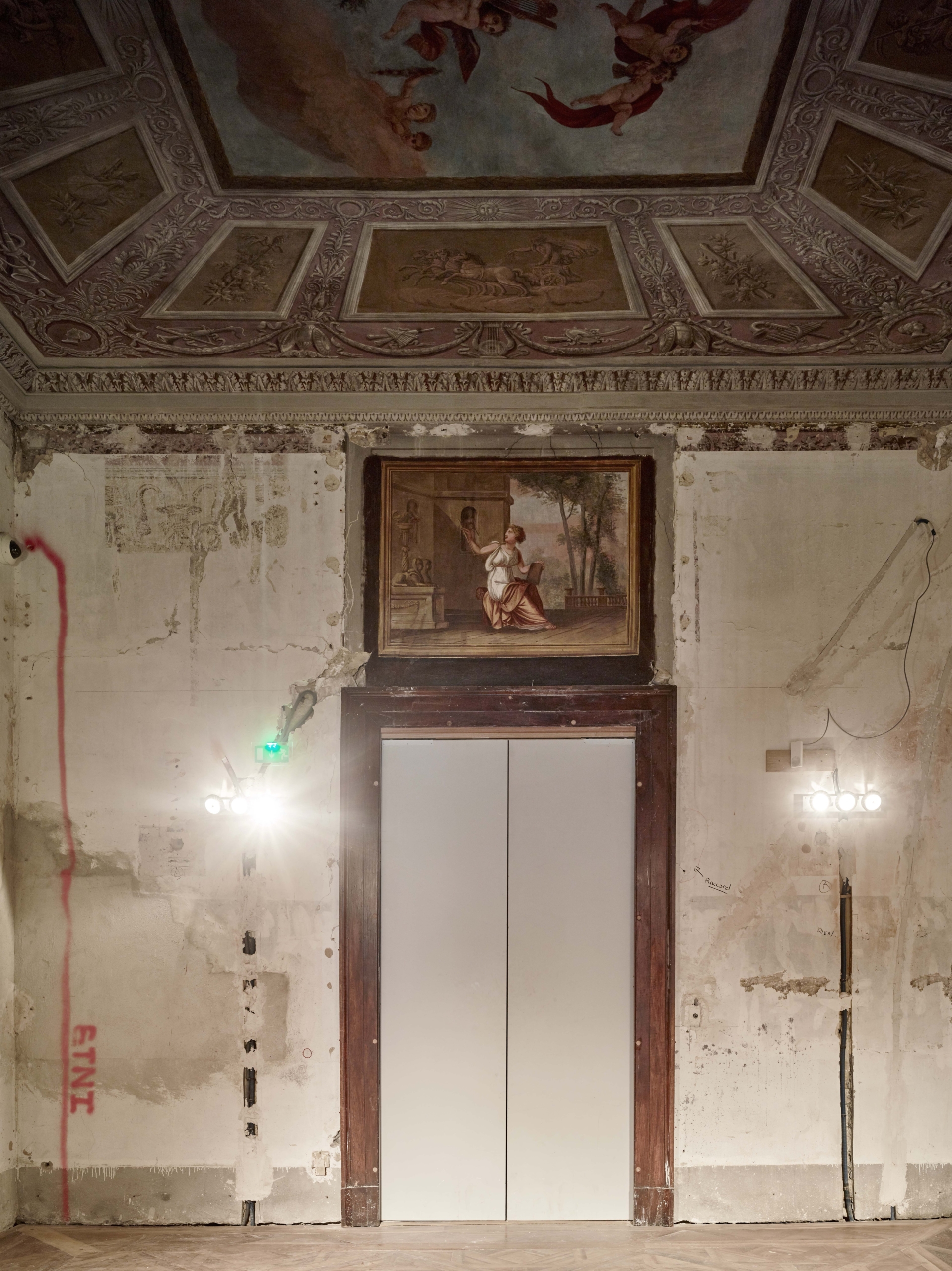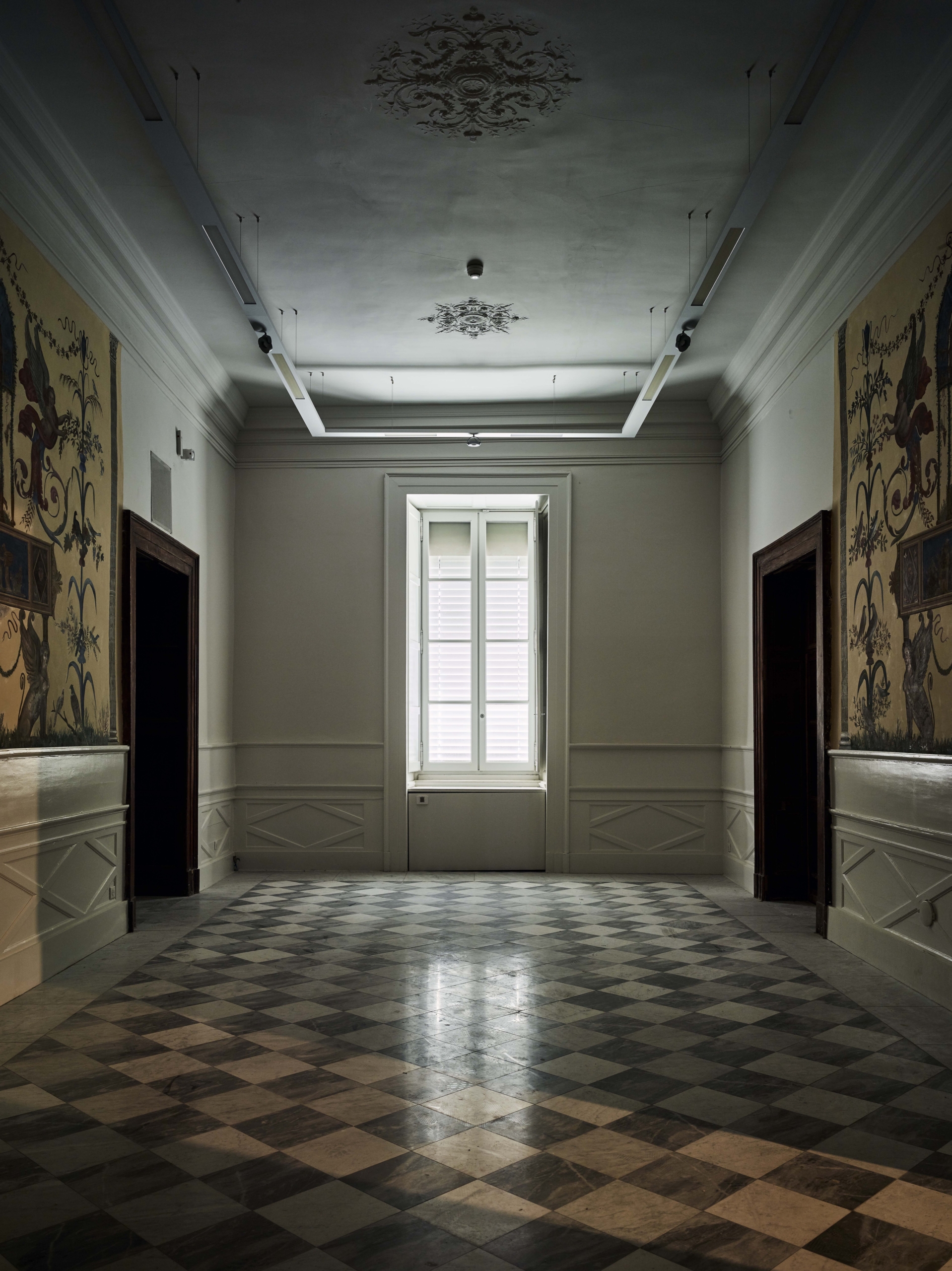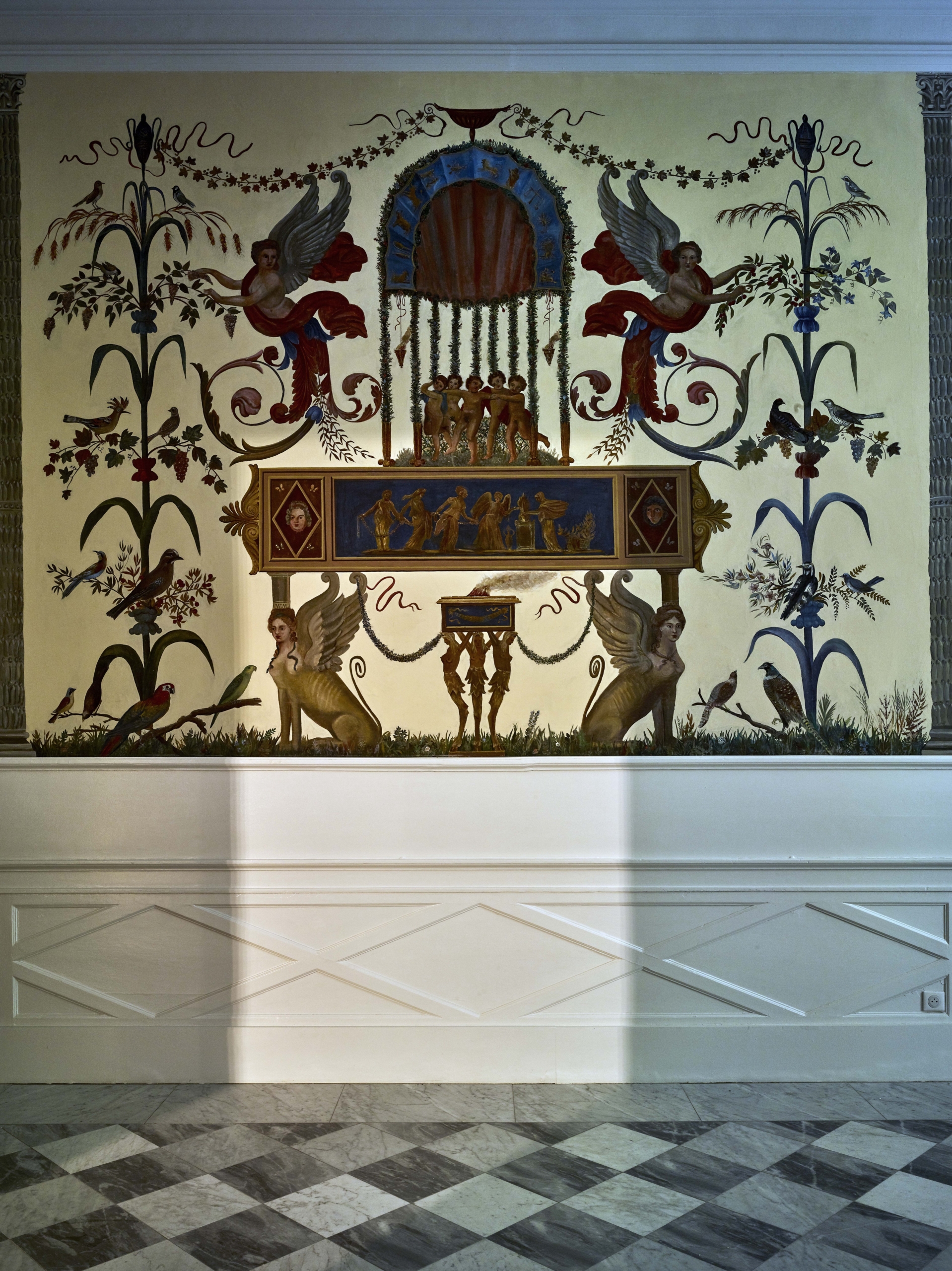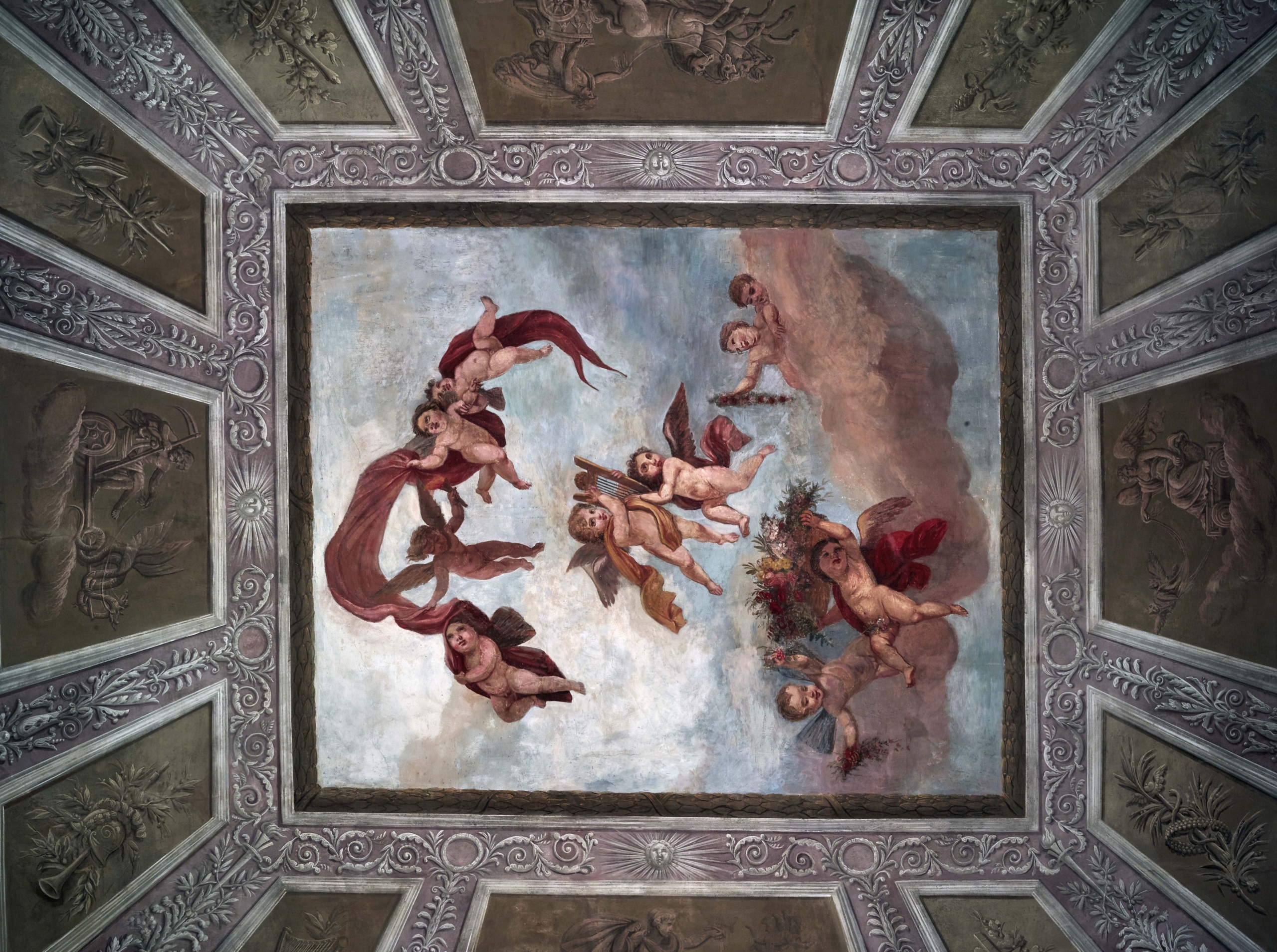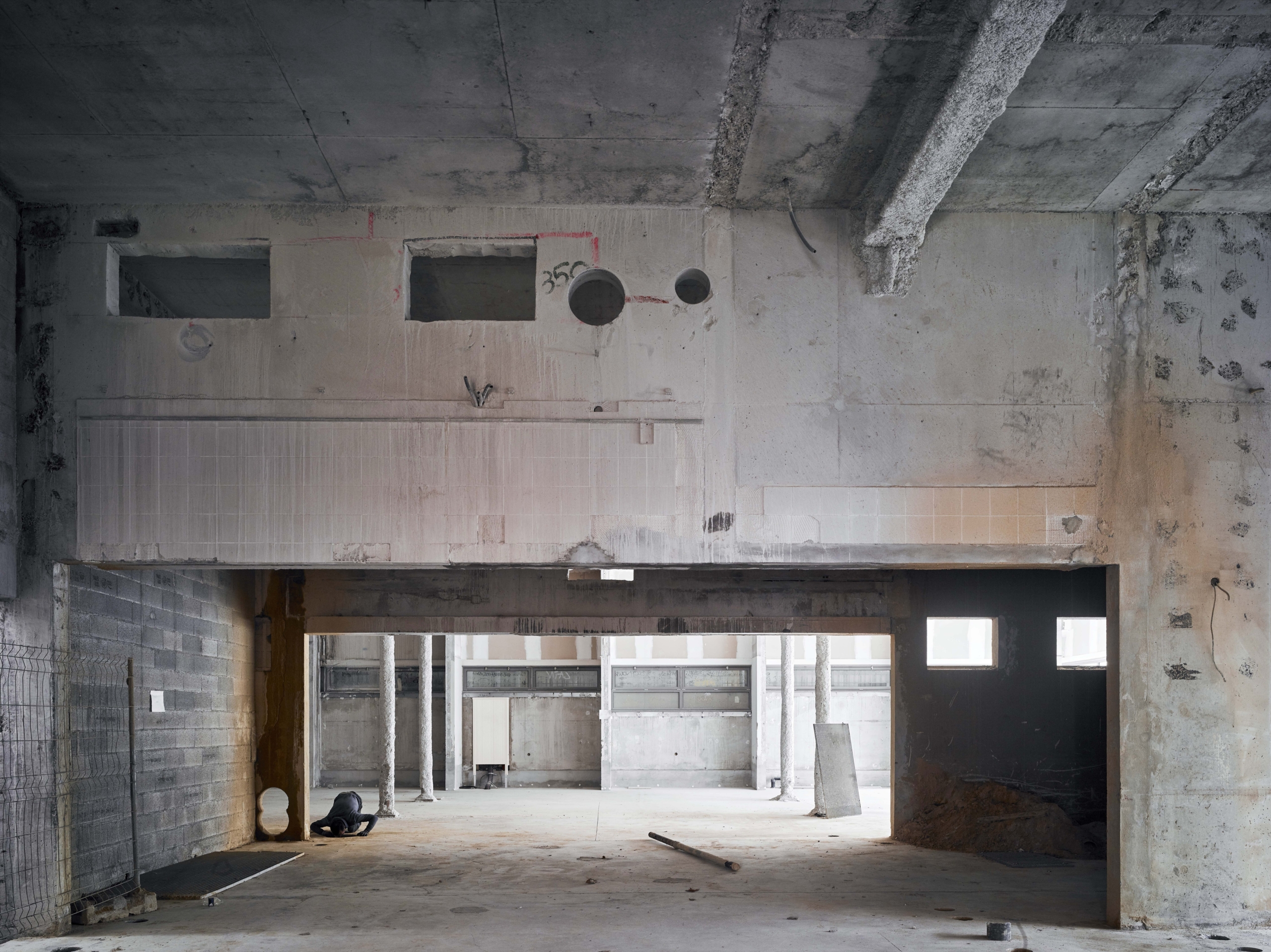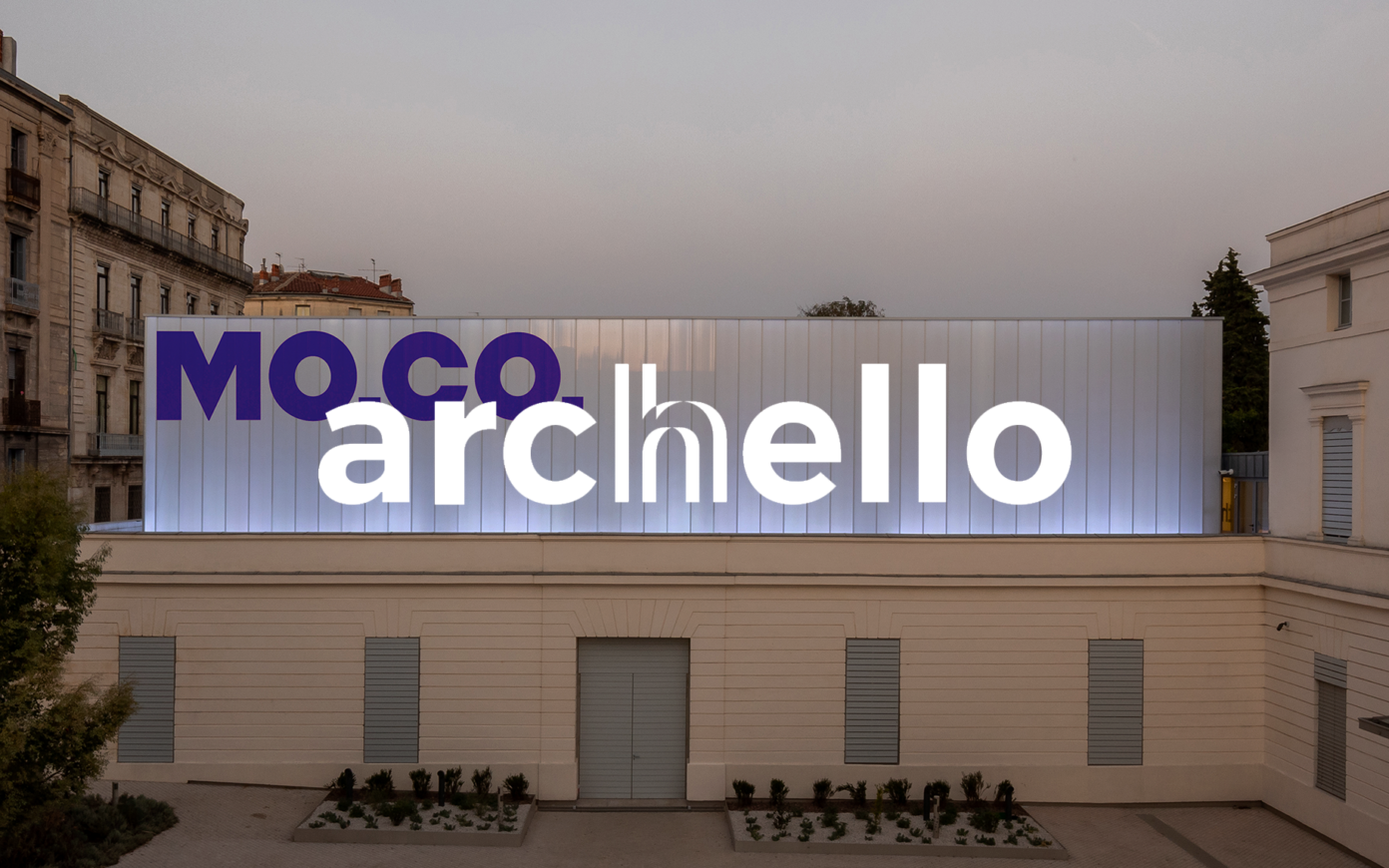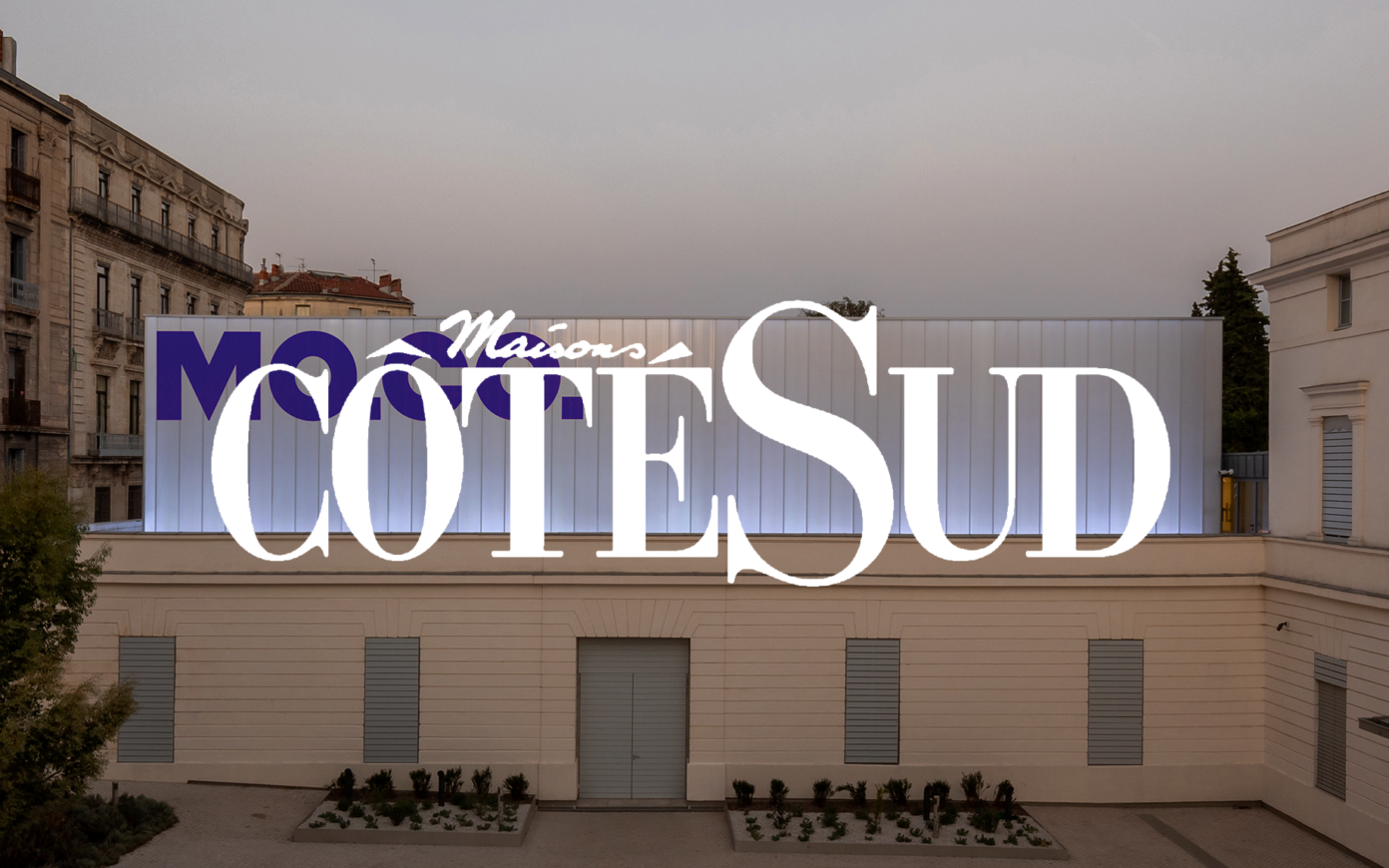In a context of changing cultural practices that question the future of museums, the Centre Pompidou launched a competition for the creation of a new conservation center. This competition was won by the architectural firm PCA-STREAM under “La Fabrique de l'Art” (The Art Factory) project submission. Housing the collections of the Centre Pompidou and the Picasso Museum, it will offer a comprehensive collection and conservation facility leveraging an innovative approach whereby, under one building, there will be both a facility for cutting-edge research/conservation and a public engagement space. The project, which is set within a delightful park, will become a new central location for residents of the Île-de-France region.

Creating a unique space for Montpellier
The Hôtel des Collections is located in the heart of historic Montpellier, in the Hôtel Montcalm. This early nineteenth-century mansion hosted a military headquarters and areas for officers before being handed over to the municipality. The building was then slated to become a museum on the history of France in Algeria. The works were well underway in 2014 when Philippe Saurel, the newly elected mayor of Montpellier and president of the Montpellier metropolitan area, decided to give it new direction.
The MOCO project, designed together with art critic Nicolas Bourriaud, aims to reinforce the cultural DNA of the metropolis, based on the conviction that contemporary art is a powerful driver for the city. MOCO supports Montpellier’s exceptional cultural vitality and plays an active role in positioning the city as an international destination for artistic creation, in a break from France’s traditionally Paris-centric approach to culture.
Uniquely, the MOCO ecosystem brings together the entire artistic production chain by combining three venues:
- ENSBA, a place of learning
- La Panacée, a space for emerging artists to create, experiment and exhibit
- the Hôtel des Collections, a gallery for public and private collections from both France and abroad that boasts the bold distinction of not keeping its own permanent collection.
The architectural studio PCA-STREAM was selected following an open competition for its entry that asserts the Hôtel des Collections’ role as the headquarters for contemporary artistic creation in the Montpellier metropolis:
- the project is frugal and parsimonious, and puts to use the works conducted for the former project
the project creates a place of life, with a restaurant and an alfresco dining area under the shade of the park trees
a project that takes art as its foundation and its purpose by using the project budget to showcase several artists.
A place designed for Art
With the Hôtel des Collections, PCA-STREAM continues to engage with non-formal architectural at the service of renewed uses. Here, the building is not conceived as a work of art in itself but rather is designed to accommodate and serve works of art.
The building/tool favors flexibility by supplying three large modules that can accommodate all forms of art: video art, photography, paintings, sculptures, installations, and so on. White, cube-shaped areas offer spaces that are generic yet generous. Ceiling light panels provide constant lighting, while technical rails offer the possibility to adapt lighting to suit future scenographic arrangements. A special room is dedicated to large formats. On the courtyard side, a contemporary elevation in polycarbonate panels that are illuminated at night crowns the former officers’ mess. This cube of light is a sober beacon in Montpellier’s cityscape and frees the building from its surroundings in order to focus attention on the art hosted within.
An ecosystem of relationships
MOCO Hôtel des Collections was conceived both as an artistic institution and as a place of relationships and a friendly destination for all the city’s residents. It is a place of artistic hospitality for various collections that also becomes a lively place for all, a place that is inclusive and vibrant thanks to spaces that are accessible independently of the museum. PCA-STREAM suggested setting up a restaurant offering inexpensive, high-quality, locally-sourced food, and that opens onto larger terraces in the gardens. The boutique/bookshop on the ground floor renews its product offering on a seasonal basis, offering constant surprises. The Cour des Fêtes is a flexible event venue, a space of freedom to be reinvented according to the programming.
Such an architectural space, emphasizing relationships over form, takes on particular meaning given that the institution is headed by Nicolas Bourriaud. His work as a critic has been informing PCA-STREAM’s theoretical work and its architectural practice since the studio’s foundation, especially through relational aesthetics. This theory substantiates Philippe Chiambaretta’s vision of an architecture that is not limited to a stylistic device or to building isolated objects but rather that aims to support and act on the world’s transformations. The studio focuses on how uses develop over time and how to create favorable conditions for these exchanges without predetermining them.
“An artwork can function as a relational device including a certain degree of randomness, a device that instigates encounters on an individual or collective basis.”
Nicolas Bourriaud, Relational Aesthetics, 1998
A place that uses art as the basis for design
From the beginning of the project, PCA-STREAM decided to use a form of frugality as the basis for the project, in order to focus on uses and artistic creation. The aim was to provide the place with a unique architectural and artistic identity without incurring any additional expenses. MOCO/Hôtel des Collections thus proceeds from a very strict economy and makes good use of recycling, reuse, and reprogramming. Since the structural work was completed for the previous museum project, the current project makes the most of existing installations. The savings thus generated gave rise to artistic collaboration that forms an integral part of the architecture, made feasible only through funding by the architect’s fees. The works of art that are produced in this way contribute to the re-enchantment of places: they transform function into fiction.
PCA-STREAM also suggested intervening on the gardens, which wasn’t part of the initial scope of the project. In collaboration with Gilles Clément and the landscapers of Coloco, Bertrand Lavier took over this task. The paths of the historic park were upgraded, resulting in the Jardin Atlas, comprising one area for each continent of the world, each with its own varieties, thus contributing to an increase in the park’s biodiversity. A fountain designed by the artist completes the garden. The ceiling of the restaurant’s bar hosts a neon light installation by Loris Gréaud, while the entrance onto the garden side accommodates a Mimosa Echard window display that blurs the line between inside and outside. Modular furniture was purpose-made by PCA-STREAM’s interior design department for the MOCO Hôtel des Collections. It will become a medium for artistic interventions, addressing the aspirations of the younger generations in terms of co-production and collective appropriation.
Music:
“It’s Late”
Performed by A Beacon School
Written by Patrick J Smith (BMI)
Recording courtesy of Grind Select
From the album ‘Cola’
-
Client
Montpellier Méditerranée Métropole
-
Program
Contemporary art center, bar-restaurant, modular exhibition spaces, contemporary garden of acclimatization
-
Location
Hôtel Montcalm — 10 rue Joffre, 34000 Montpellier
-
Mission
Full mission
-
Surface
3 200 m²
-
Status
Delivered in 2019
-
Team
— Project Management (AMO): Aubry & Guiguet
— Structural Engineering (BET Structure): Verdier
— MEP Engineering (BET Fluides): BET Durand
— Inspection Office: SOCOTEC
— Cost Consultant: AE75
— Fire Safety & Security: CSD Faces
— Coordination & Synthesis: C&G
— Landscape: Coloco
— OPC: SCO
— Lighting Designer: 8'18''
— Scenography: Studio Gardère
— Sound Design: Echora

































